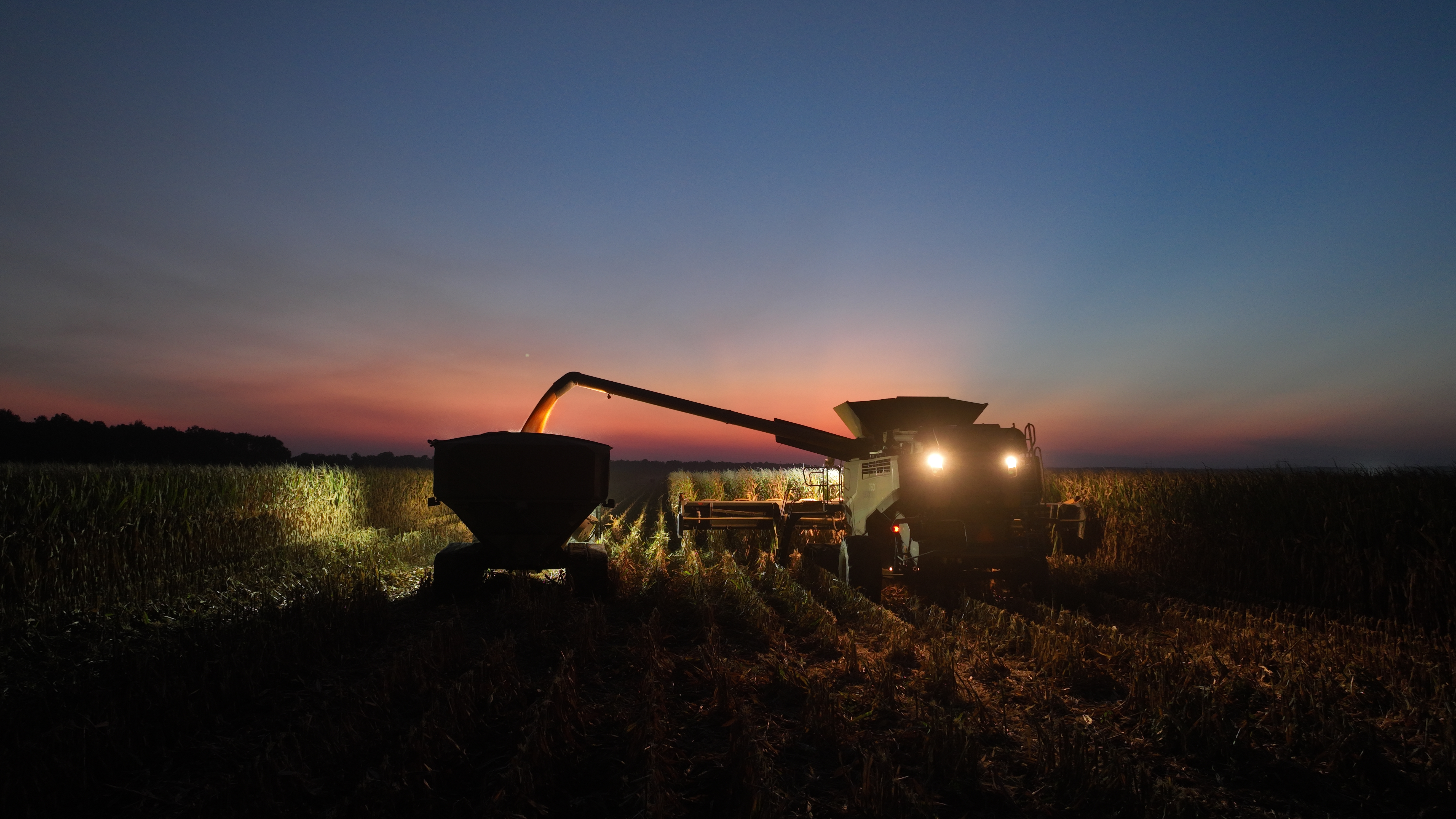Harvest Safety – Protecting Agricultural Workers and Ensuring a Bountiful Yield
Aug 01, 2023

The harvest season is a crucial time in agriculture when farmers reap the fruits of their labor and contribute to the world’s food supply. However, amid the excitement and productivity, it is essential to prioritize the safety of agricultural workers. The nature of harvest operations presents unique challenges and potential hazards that require diligent attention and proactive measures. This article will explore key aspects of harvest safety, discussing essential practices and technologies that can protect workers and ensure a successful and accident-free harvest.
Training and Education
Proper training and education are fundamental to promoting harvest safety. Farmers and Agricultural Operations should ensure that all workers, including seasonal and temporary staff, receive comprehensive training before engaging in harvest activities. This training should cover topics such as equipment operation, safe handling of machinery, and emergency procedures.
By equipping workers with knowledge about potential hazards and best safety practices, farmers can reduce the risk of accidents. Regular refresher courses, pre-job planning, toolbox talks, and safety discussions throughout the harvest season help reinforce safety protocols and address any emerging concerns or issues.
Personal Protective Equipment (PPE)
Wearing appropriate personal protective equipment is a vital component of harvest safety. PPE should be provided to all workers to address the hazards that may exist in an operation. Items such as high-visibility clothing, hard hats or pump caps, gloves, protective eyewear, and hearing protection address many of the common hazards we see in the industry. The specific requirements may vary depending on the tasks involved, but proper use of PPE can significantly reduce the risk of injuries and keep operations moving toward the end goal.
Always ensure that PPE is regularly inspected, properly maintained, and replaced when necessary. Emphasizing the importance of PPE compliance among workers and implementing policies that make its use mandatory help create a safety-conscious work environment.
Equipment Safety
Harvesting involves the use of various heavy machinery and equipment, including combines, tractors, and harvesters. Regular maintenance, inspection, and repair of these machines are crucial to prevent malfunctions that can lead to accidents. Ensuring the manufacturer-provided safety features and guards are in place and functioning is a great place to start.
As with all equipment, operators should be trained in safe equipment operation and should never use machinery without proper authorization. Implementing a pre-harvest inspection checklist can help identify any potential issues and ensure that all safety features are functional.
Hazardous Materials
In all agriculture operations, we must be aware of chemicals such as fertilizers, pesticides, and herbicides. To minimize the risk of exposure, it is important to provide workers with appropriate training and guidelines for the safe handling, storage, and disposal of these substances. Ensure workers know what materials they may encounter and the risk with those materials. When working with hazardous materials, workers should be equipped with suitable protective clothing, including gloves, masks, and respirators (if needed).
Additionally, clear labeling and proper storage of chemicals are essential to prevent accidental exposure and contamination. If you have an operation with hazardous materials, you should keep safety data sheets (SDS) readily available and establish protocols for reporting spills or incidents involving hazardous substances. If you need access to the SDS, contact the manufacturer or your supplier. They will have the information readily available. You can also often find it online with a quick search of the product.
Fatigue Management
Harvest season can be physically and mentally demanding, often requiring long work hours. Fatigue can impair judgment and reaction times, increasing the likelihood of accidents. It is crucial to manage worker schedules effectively, ensuring adequate rest breaks and limiting the number of consecutive hours worked if possible.
Encouraging workers to prioritize proper nutrition, hydration, and sleep can contribute to their overall well-being and reduce the risk of fatigue-related incidents. Additionally, fostering an open line of communication between workers and supervisors allows for the early identification of fatigue-related concerns. When we look out for each other while we are out in the field and share a common goal of ending the day safely, everyone is better off!
Harvest safety is a shared responsibility that requires the commitment and cooperation of farmers, workers, and industry stakeholders. By prioritizing training, enforcing the use of personal protective equipment, maintaining equipment, managing hazardous materials, and addressing fatigue, the agricultural sector can significantly reduce the risk of accidents during the harvest season.
Investing in harvest safety not only protects the well-being of agricultural workers but also safeguards the quality and quantity of the yield. By adopting proactive measures and incorporating advancements in technology, such as sensors and automated safety systems, the agriculture industry can continue to thrive while ensuring a safe working environment.
Remember, a successful harvest is one that not only yields abundant crops but also ensures the well-being of the dedicated individuals who make it all possible. Harvest safety should remain at the forefront of every farmer’s mind, contributing to a prosperous and accident-free season.